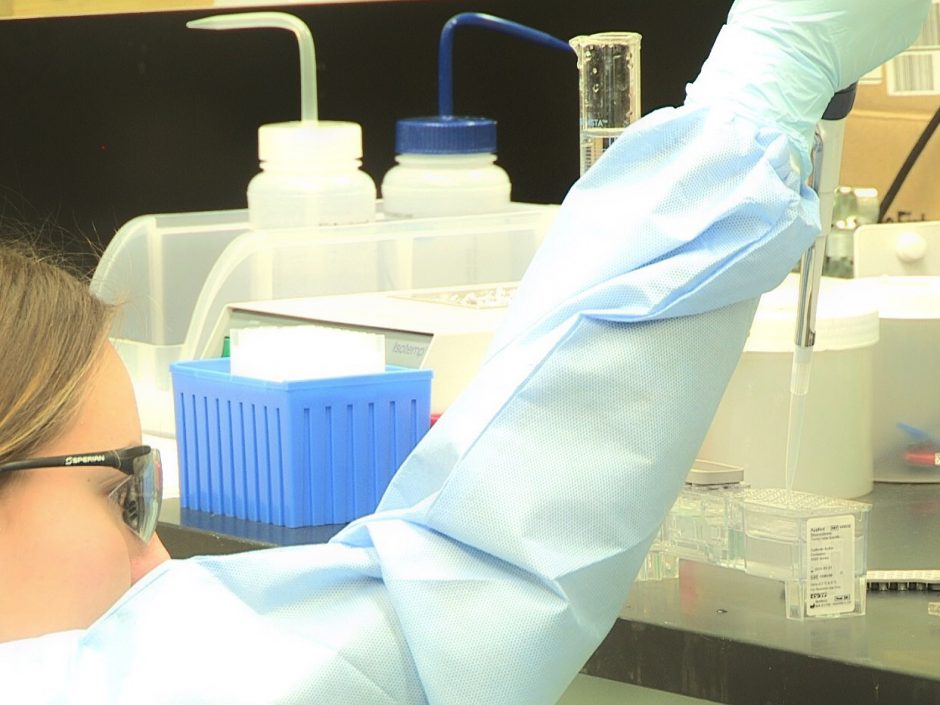SYRACUSE, N.Y. (NCC News) –Nowadays, DNA technology has been widely used by the police during the criminal investigation because DNA samples are very easy to obtain. Even a strand of hair can be the key to solve cases. However, forensic scientists find that it is very common for DNAs to overlap with each other. One crime sample will often contain more than one person’s DNA, which increases the difficulty for crime investigators to track the real criminal.
Professors Michael Marciano and Jonathan Adelman from Syracuse University have invented a DNA program named Probabilistic Assessment for Contributor Estimation (PACE). It is the first program using artificial intelligence to determine the number of contributors in one sample.

Marciano previously worked at Onondaga County Center for Forensic Science. He said that almost all crime labs in America are using manual computation to interpret a DNA mixture, which takes hours and hours.
Therefore, Marciano approached Adelman and wondered whether they could use machine power to solve this problem, which they did successfully.
“The program will be able to give you output in anywhere from five seconds to one minute at the longest,” Marciano said.
According to Marciano, the accuracy of PACE is up to 98%. However, in a four-contributors sample, the accuracy of human computations can be as low as from 10% to 20%. He mentioned that manual computations can only get a baseline assumption of the number of contributors.
“Our program will look at something much more complex,” Marciano said, “Not the minimum, not the maximum, but what we think the actual number of contributors is.”
Although PACE has been sold to many states, it can’t be used immediately in any crime lab in America because of the validation process.
Rick Trunfio, first chief assistant district attorney for the Onondaga County District Attorney’s Office, said he welcomed the new technology but the approval process could take years. He said the State Forensic Science Commission would have to approve the new process and then it could face legal challenges from defense lawyers, challenging its reliability.
For now, PACE can only determine five contributors in one DNA mixture at maximum. Marciano and Adelman are still working on this limitation, expecting PACE to identify more contributors in the future.




